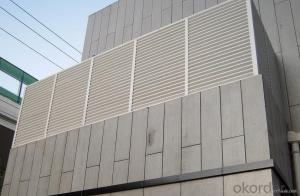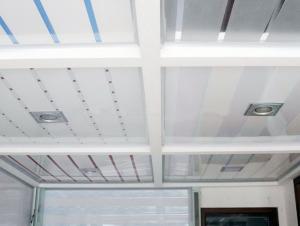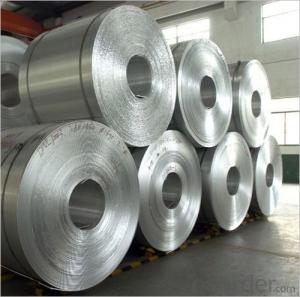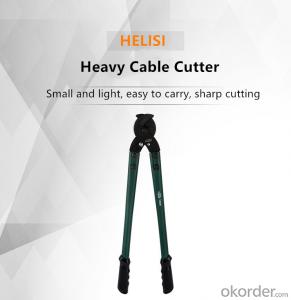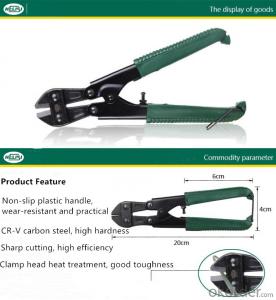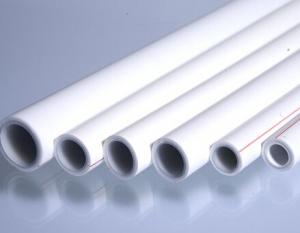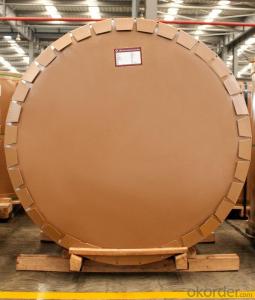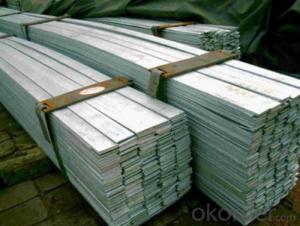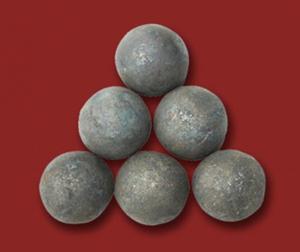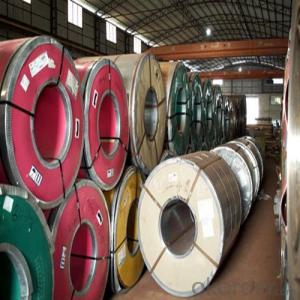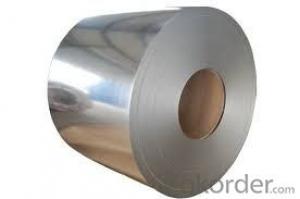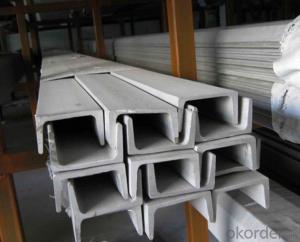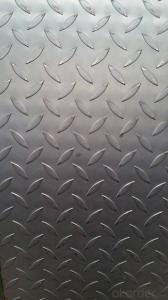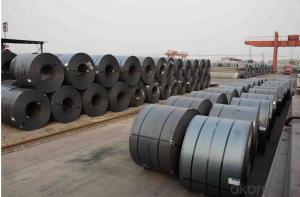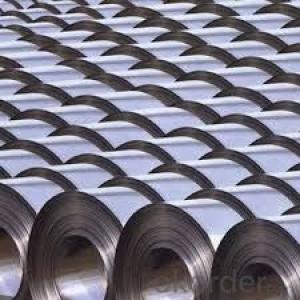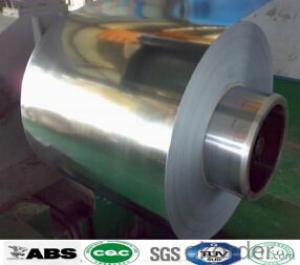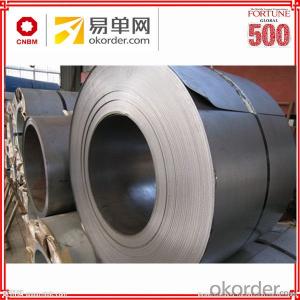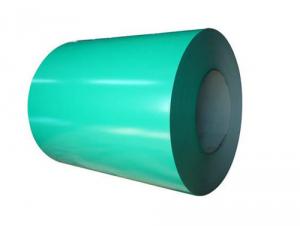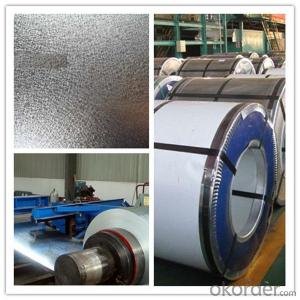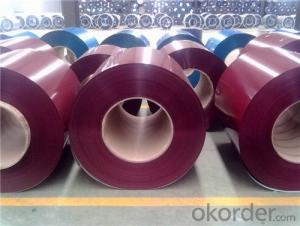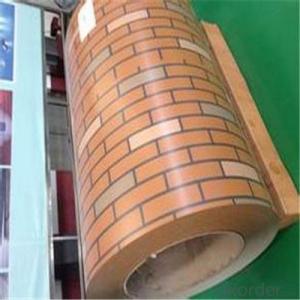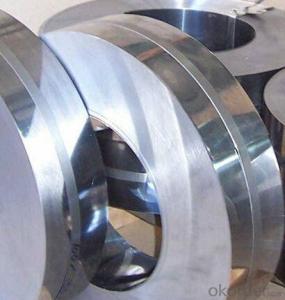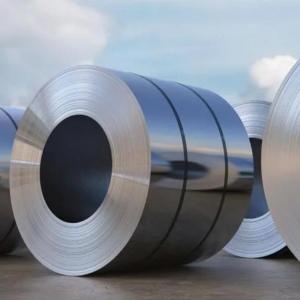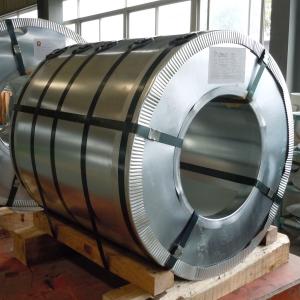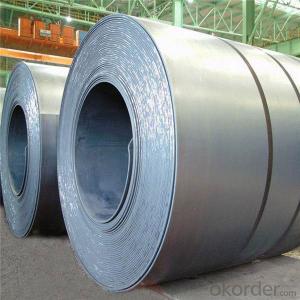Hot Rolled Coil Adalah
Hot Rolled Coil Adalah Related Searches
Hot Water Bags For Pain Relief Micro Inverter For Solar Panel Stainless Steel Bucket With Lid Hot Water Bottle With Hose Solar Panel With Ac Inverter Solar Panel With Inverter Kit Solar Panel Kits With Inverter Inverter With Solar Panel Aluminum Sheet With Holes Cover Ham With Aluminum FoilHot Searches
Steel Mesh Panels For Sale Stainless Steel Tank For Sale Stainless Steel Sheets For Sale Cheap High Tea Sets For Sale Stainless Steel Tanks For Sale Stainless Steel For Sale High Density Fiberboard For Sale Solar Hot Water Collectors For Sale Scaffolding For Sale In Uae Scaffolding For Sale In Ireland Scaffolding For Sale In Houston Price Of Shipping Containers For Sale Used Solar Inverter For Sale Portable Led Signs For Sale Stone Hot Water Bottles For Sale Aluminum Coil Stock For Sale Large Led Screens For Sale Aluminum Gutter Coil For Sale Used Aluminum Scaffolding For Sale 1/4 Aluminum Plate For SaleHot Rolled Coil Adalah Supplier & Manufacturer from China
Okorder.com is a professional Hot Rolled Coil Adalah supplier & manufacturer, offers integrated one-stop services including real-time quoting and online cargo tracking. We are funded by CNBM Group, a Fortune 500 enterprise and the largest Hot Rolled Coil Adalah firm in China.Hot Products
FAQ
- There are several different methods of coating steel coils, each offering unique benefits and applications. Some of the most common methods include: 1. Hot-dip galvanizing: This process involves immersing the steel coils in a bath of molten zinc. The zinc forms a protective layer on the surface of the steel, providing excellent corrosion resistance and durability. 2. Electro-galvanizing: In this method, a layer of zinc is applied to the steel coils using an electroplating process. It provides similar corrosion resistance to hot-dip galvanizing but with a thinner coating. 3. Electro-coating (E-coating): Also known as electrodeposition, this method involves immersing the steel coils in a bath of paint or resin containing electrically charged particles. An electrical current is applied, causing the particles to adhere to the surface of the steel. E-coating provides excellent corrosion protection and is often used as a primer before applying additional coatings. 4. Powder coating: Steel coils can be coated with a dry powder paint that is electrostatically charged and then baked onto the surface. This method offers a wide range of colors, finishes, and textures, providing both aesthetic appeal and corrosion resistance. 5. Organic coatings: These coatings, such as paints or lacquers, are applied to the steel coils using various techniques like spray, roller, or dip coating. Organic coatings provide protection against corrosion, as well as offering customizable colors and finishes. Each method of coating steel coils has its advantages and is selected based on the desired level of corrosion resistance, appearance, and specific end-use requirements.
- Steel coils are used in the production of prefabricated buildings as they are flattened and cut into specific sizes to serve as the structural framework. These coils are typically formed into beams, columns, and other essential components, which are then assembled and interconnected to create the building's frame. The strength and durability of steel make it an ideal material for prefabricated structures, ensuring the safety and stability of the buildings.
- There are several advantages of using steel coils in the manufacturing industry: 1. Strength and Durability: Steel coils are known for their high strength and durability, making them ideal for various manufacturing processes. They can withstand heavy loads and resist deformation, ensuring that the final product is reliable and long-lasting. 2. Versatility: Steel coils can be used in a wide range of applications across different industries. They are highly versatile and can be shaped, molded, or cut into different forms and sizes, making them suitable for diverse manufacturing needs. 3. Cost-effective: Steel coils are a cost-effective option for the manufacturing industry. Due to their strength and durability, they have a longer lifespan compared to other materials, reducing the need for frequent replacements. This leads to cost savings in the long run. 4. Excellent Thermal Conductivity: Steel has excellent thermal conductivity, meaning it can efficiently transfer heat. This makes steel coils suitable for applications that require temperature regulation, such as in the automotive and HVAC industries. 5. Recyclability: Steel is one of the most recycled materials globally. By using steel coils in the manufacturing process, companies contribute to a more sustainable and eco-friendly approach. Recycling steel reduces the need for raw materials extraction and energy consumption, resulting in a reduced carbon footprint. 6. Corrosion Resistance: Steel coils can be coated with protective layers, such as galvanization or anti-corrosion treatments, to enhance their resistance to rust and corrosion. This makes them suitable for outdoor applications or industries with corrosive environments. 7. Consistency and Quality: Steel coils offer consistent quality and uniformity in terms of dimensions, mechanical properties, and surface finish. This ensures that the end products meet the required specifications and maintain a high level of quality. In summary, the advantages of using steel coils in the manufacturing industry include their strength, durability, versatility, cost-effectiveness, excellent thermal conductivity, recyclability, corrosion resistance, and consistent quality. These benefits make steel coils a popular choice for various manufacturing processes across different industries.
- Steel coils are used in the production of household appliances as the primary material for manufacturing various components, such as the outer body, frames, and structural parts. The coils are first shaped, cut, and formed into specific sizes and shapes, depending on the appliance being produced. These steel components provide strength, durability, and stability to the appliances, ensuring longevity and resistance to wear and tear.
- Different methods can be employed to weld steel coils together, depending on the specific requirements and the type of steel being used. Electric resistance welding (ERW) is a common method where an electric current is utilized to generate heat in the coils, melting their edges. Pressure is then applied to join them together. ERW is a cost-effective and speedy technique for welding steel coils. Thinner steel coils are often welded using high-frequency induction welding (HFIW). This involves the use of an induction coil to produce an alternating magnetic field, inducing an electric current in the coils. The resistance of the coils to this current generates heat, causing the edges to melt and form a weld. For thicker and heavier steel coils, submerged arc welding (SAW) is commonly employed. This technique utilizes a granular flux and a continuous electrode that is fed into the weld area. The flux melts, creating a protective shield for the weld pool, while the electrode melts to form the weld. SAW is a robust and efficient method for welding steel coils. In addition to these methods, laser welding and gas metal arc welding (GMAW) can also be utilized for welding steel coils. Laser welding offers high precision and speed, while GMAW, also known as MIG welding, utilizes an electric arc between a consumable wire electrode and the steel coils to create a weld. Irrespective of the welding method employed, successful welding of steel coils hinges on proper edge preparation, maintenance of appropriate heat and pressure levels, and the use of correct welding techniques.
- Yes, steel coils can be affected by temperature changes. Steel is a metal that expands when heated and contracts when cooled. This expansion and contraction can lead to changes in the dimensions and shape of steel coils. Additionally, extreme temperature variations can cause thermal stress, which may result in warping, cracking, or weakening of the steel coils. Therefore, temperature changes can have an impact on the performance and integrity of steel coils.
- Steel coils are used in the manufacturing of hydraulic cylinders as the raw material for creating the cylinder body. The steel is typically rolled into a coil form and then cut into specific lengths and shapes to construct the cylinder barrel. This allows for precise and durable construction of hydraulic cylinders, ensuring they can withstand high pressure and heavy loads.
- Steel coils are used in the manufacturing of structural components by being processed through various techniques such as cutting, bending, and welding to form the desired shapes and sizes. These coils serve as the raw material for fabricating beams, columns, and other structural elements used in buildings, bridges, and infrastructure projects. The high strength and durability of steel make it an ideal choice for constructing load-bearing components, ensuring the stability and integrity of the structures.
